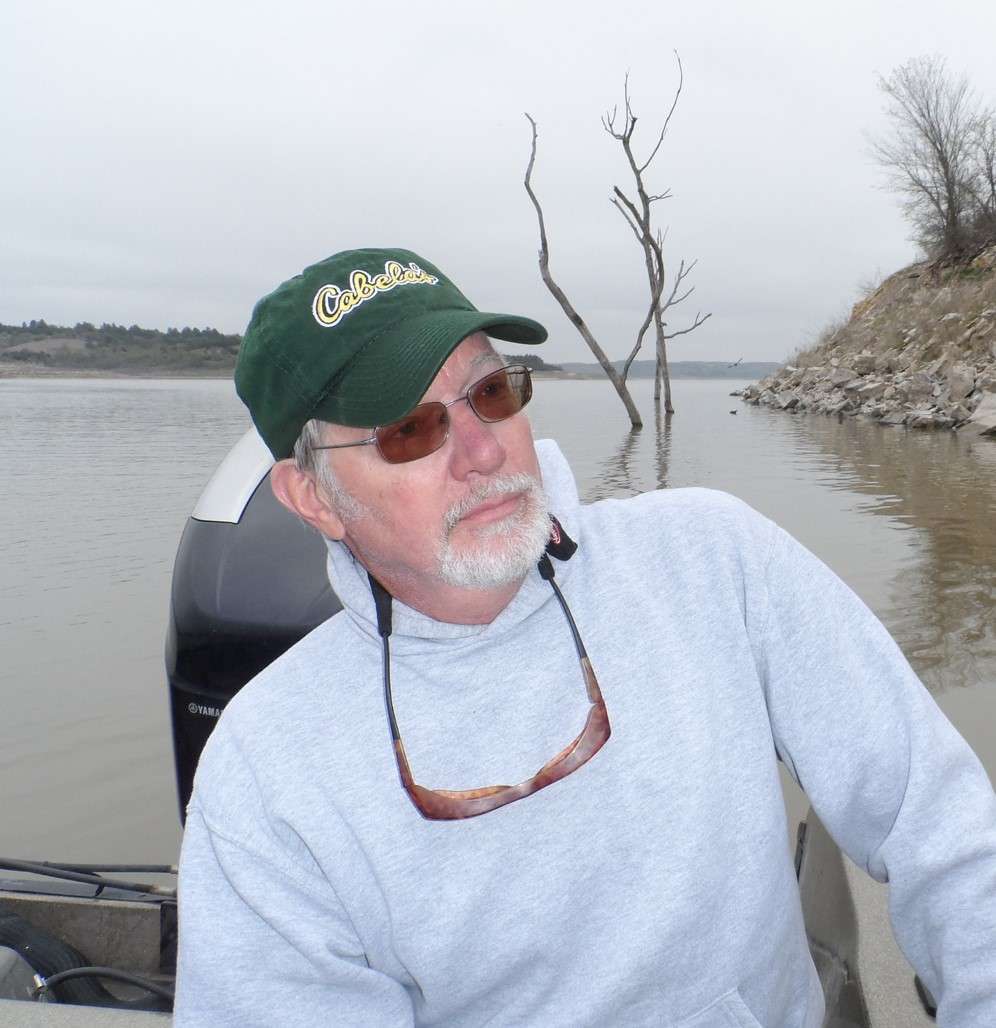I try hard to color within the lines, not to run with scissors and overall just to keep my mouth shut. But sometimes I find myself posing the questions that everyone else wonders but is afraid to ask. Questions like “How do they get Teflon to stick to the skillets when they make them?” Or “Were there really flies and mosquitoes on the Ark, and if so, why?” and “Why do states feel the need to have state symbols like state bird, state tree, etc?”
Any Kansan worth their Wheaties knows that the Kansas state flower is the Sunflower, and the Kansas state bird is the Western Meadow Lark. Most Kansans know that the Kansas state tree is the Cottonwood and many probably know that the state animal is the American Buffalo (Bison.) But how many of you knew that we also have a state insect, a state reptile, and yes, even a state amphibian, plus two state fossils?
Sometime in the mid-1970’s, Jeff Woods, a 7th grader attending Edgewood Elementary in Coffeyville, evidentially decided we as a state were incomplete without a state insect, and suggested we give the honeybee that distinction. Called “white man’s flies” by the Indians, honeybees are thought to have been brought from Europe by the pilgrims and soon inhabited the entire United States. I have to admit that if we felt the need to have a state insect, we could NOT have done better than the honeybee, because life as we know it might not exist without them. The state legislature has the final say in such important matters, and in 1976 the honeybee became the Kansas state insect.
In the mid-1980’s to celebrate the 125th anniversary of Kansas’s statehood, Larry Miller’s 6th grade class in Caldwell decided we also needed a state reptile and nominated the Ornate Box turtle for the job. The Ornate Box turtle is a dry land turtle which probably makes it the most visibly abundant turtle in Kansas. It’s found from the prairies in the west to the forests in the east. I have absolutely no idea what a state reptile has to do with celebrating our 125th anniversary as a state, but on April 14, 1986, Governor Carlin signed a bill designating the Ornate Box turtle as the Kansas state reptile.
In the spring of 1993, Alice Potts 2nd grade class at Wichita’s OK Elementary School was studying animals with backbones, which somehow triggered them as a class to begin a campaign to make the Barred Tiger Salamander our state amphibian. When Alice’s class contacted their legislators they were told it was too late to get a bill into the current legislative session and the project would have to wait a year. In the meantime, their zeal proved infectious and by the following school year the entire school plus parents was involved. A trip to the statehouse by Alice and a handful of students got Senate Bill 494 written and passed in the Senate. However, the bill ran into a little trouble in the House; it seems some Representatives felt there were more important legislative matters (go figure!) Never fear though as Senator Mike Harris came to the rescue and attached the salamander bill to another to insure its passage (now what’s that called…oh yea; Pork!) On April 13, 1994 Governor Joan Finney signed the bill designating the Barred Tiger Salamander the Kansas state amphibian.
In 2014, Gov. Brownback signed a bill designating Tylosaurus, a giant marine predator, and Pteranodon, a giant, flying, cliff dweller as co-state fossils. Amazingly, Kansas geological deposits have provided the most complete skeletal remains of both of these critters ever to be found.
In honor of the process that salvaged the salamander bill, maybe the Kansas Wildlife and Parks should capture one and name him or her Porky. Or maybe the process of attaching legislative bills to other bills should now be known as “salamandering.” Anyway, please excuse my cynicism and my disregard for pomp and ceremony. I guess if even one person is made to feel better about our state by having these symbols, then so-be-it. And maybe this will get more people Exploring Kansas Outdoors looking for Barred Tiger Salamanders and Pteranodon fossils!
Steve can be contacted by email at stevenrgilliland@gmail.com.



